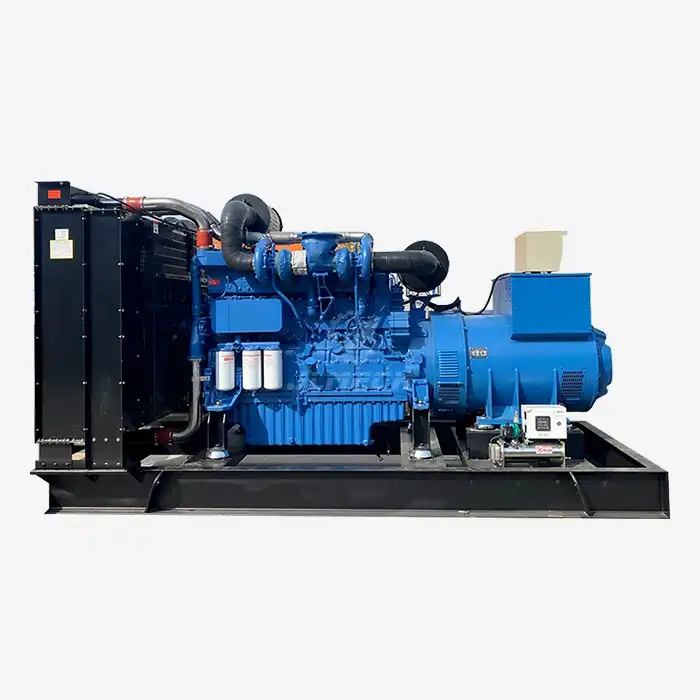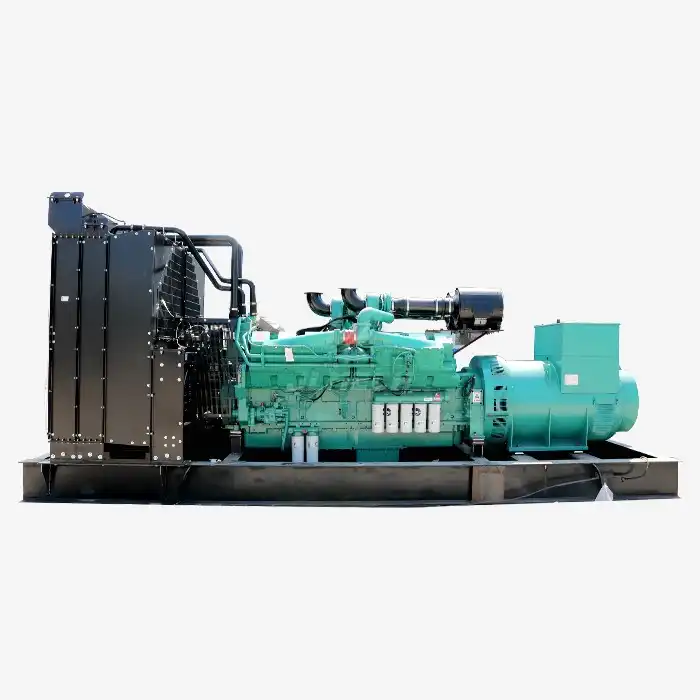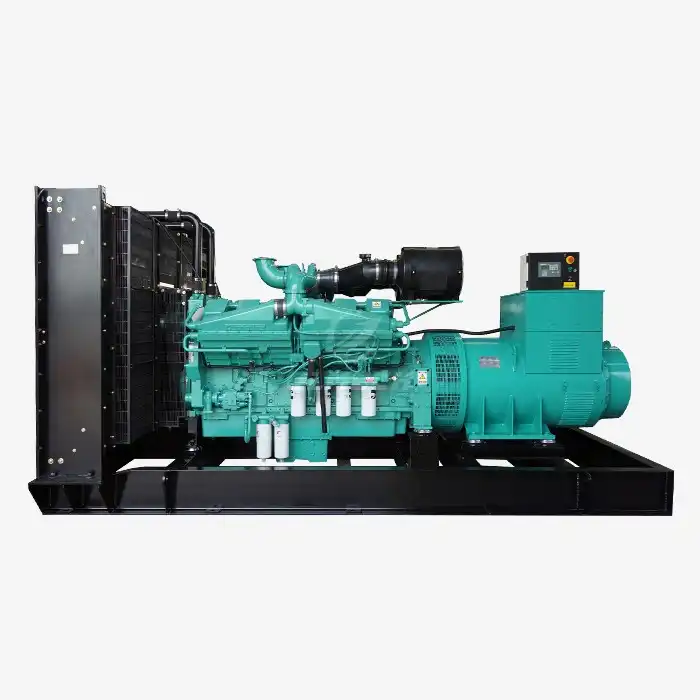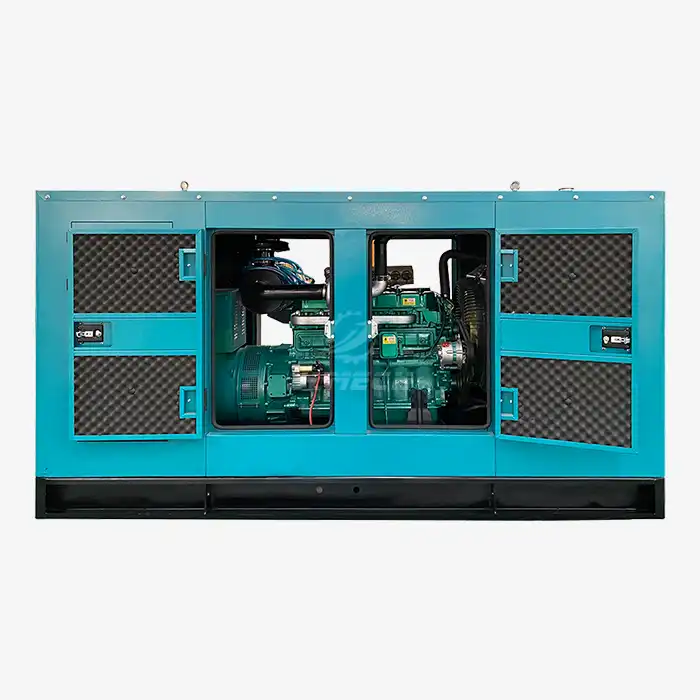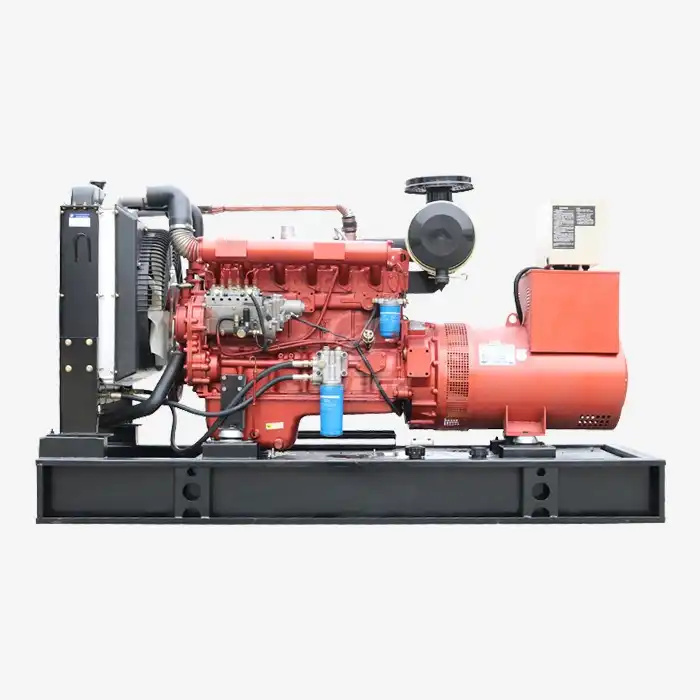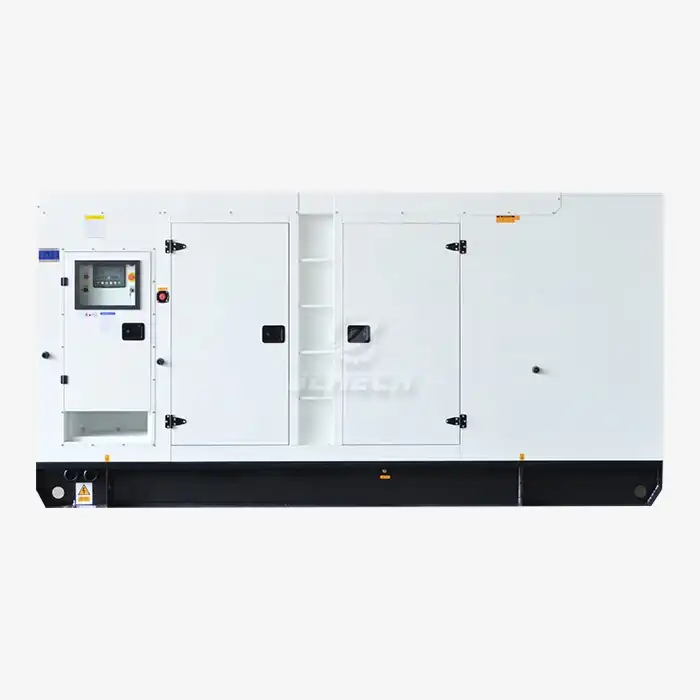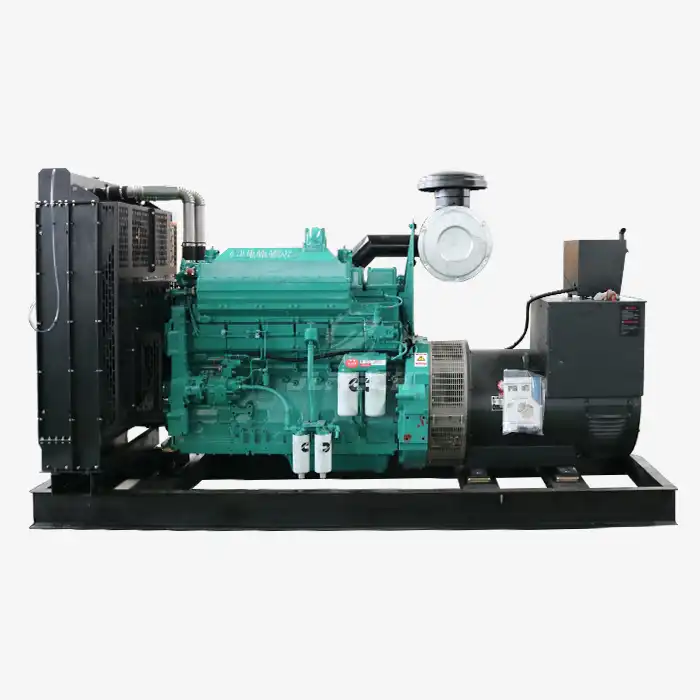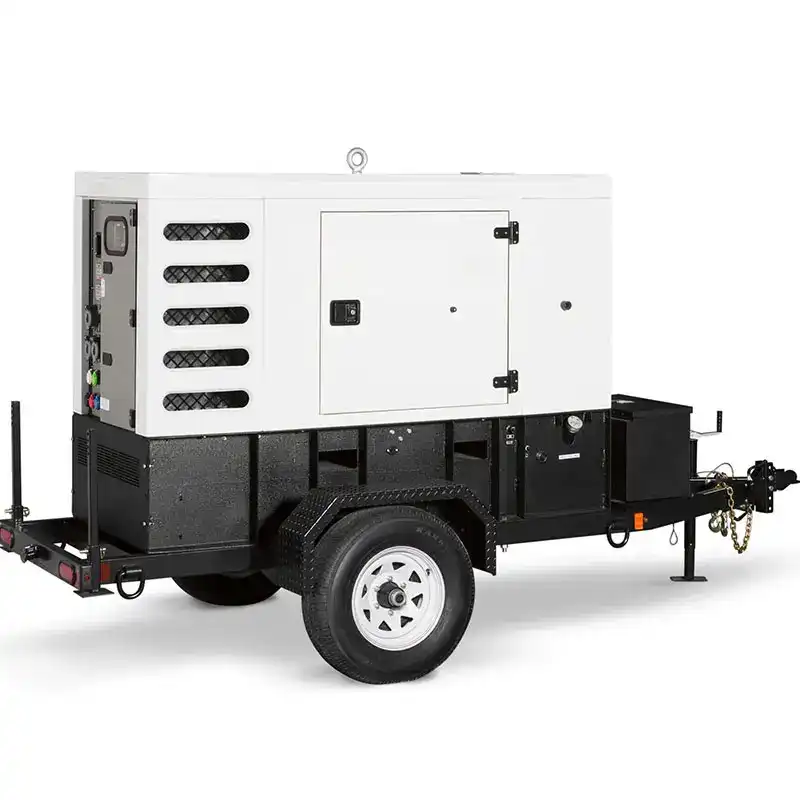Why is my generator running rough and shaking?
If your generator is vibrating excessively and running unevenly, it's not just an inconvenience—it's a cry for help. This shaking and rough operation are clear symptoms of an underlying issue that, if ignored, can escalate from minor wear and tear to catastrophic engine seizure or generator burnout. Understanding the potential generator vibration causes is the first step toward a solution, protecting your investment and ensuring reliable power when you need it most.

Quick Self-Checks
Before diving into complex diagnostics, perform these simple checks. Often, the solution is straightforward.
Mounting and Base: Inspect the engine mounts and base bolts. Are they loose, cracked, or visibly damaged? A loose foundation amplifies even normal vibrations.
External Connections: Check for loose piping, conduits, or ancillary equipment that might be shaking independently and transmitting force to the main unit.
Fuel Quality: Stale or contaminated diesel is a prime culprit for rough running. When was the last time you refreshed your fuel supply?
Common Causes
A rough-running, shaking generator typically points to issues in one of these key areas:
Engine-Related Imbalances
The diesel engine itself is a primary source of vibration due to uneven combustion or mechanical wear.
Fuel System: Clogged filters, faulty injectors, or a failing fuel pump can cause one or more cylinders to misfire.
Air Intake: A restricted air filter starves the engine of oxygen, leading to incomplete combustion.
Mechanical Wear: Worn piston rings, bearings, or damaged valves create internal imbalances and reduce compression.
Mechanical and Electrical Faults
Sometimes the problem lies not in the engine's power creation, but in its transmission or the generator itself.
Misalignment: The engine and generator shafts must be perfectly aligned. If not, severe vibration and premature bearing wear are guaranteed.
Rotating Mass Imbalance: Like an unbalanced tire, the rotor, fan, or other rotating components can have uneven weight distribution.
Electrical Faults: Issues like a shorted rotor winding or an uneven air gap between the rotor and stator create magnetic forces that pull the rotor off-center, a significant one of the generator vibration causes.
Calling the Professionals
If the quick checks don't resolve the issue, it's time to call in experts. Persistent shaking indicates a serious problem that requires specialized tools and knowledge.
Warning Signs: Unusual metallic noises, excessive black/white smoke, failure to maintain stable speed or voltage, or continued violent shaking after basic checks.
Our Diagnostic Approach: We use advanced tools like vibration analyzers and laser alignment systems to pinpoint the exact root of the problem, whether it's a hidden imbalance, a developing bearing fault, or internal electrical damage.
Prevention is Key
The best way to deal with vibration is to prevent it from happening in the first place.
Quality Manufacturing: Our generators undergo rigorous factory testing, including vibration analysis, to ensure they leave our facility in perfect balance.
Professional Installation: We emphasize correct installation and initial commissioning, including precise laser alignment, to eliminate common startup issues.
Scheduled Maintenance: A proactive maintenance program is your best defense. Regular service can identify and rectify potential generator vibration causes long before they cause a failure.
Conclusion
Do not ignore a rough-running, shaking generator. It is a definitive sign of a problem that will not resolve on its own and will likely lead to more extensive and expensive damage over time. Identifying the root cause early is critical for maintaining operational reliability.
Our technical team is ready to diagnose and resolve your generator issues. For professional support, please contact us at skala@whjlmech.com.
References
IEEE Power & Energy Society. (2018). IEEE Recommended Practice for the Design of Diesel Generator Axis Systems for Stationary Power Applications. IEEE Std 1155-2018.
Roberts, A. (2019). Practical Solutions for Rotating Machinery Vibration. Power Generation Technology Quarterly, 44(1), 58-67.
Carter, B. J., & Singh, R. (2021). A Comparative Analysis of Vibration-Based Fault Detection Techniques for Industrial Generators. Journal of Mechanical Engineering and Sciences, 15(2), 112-125.



